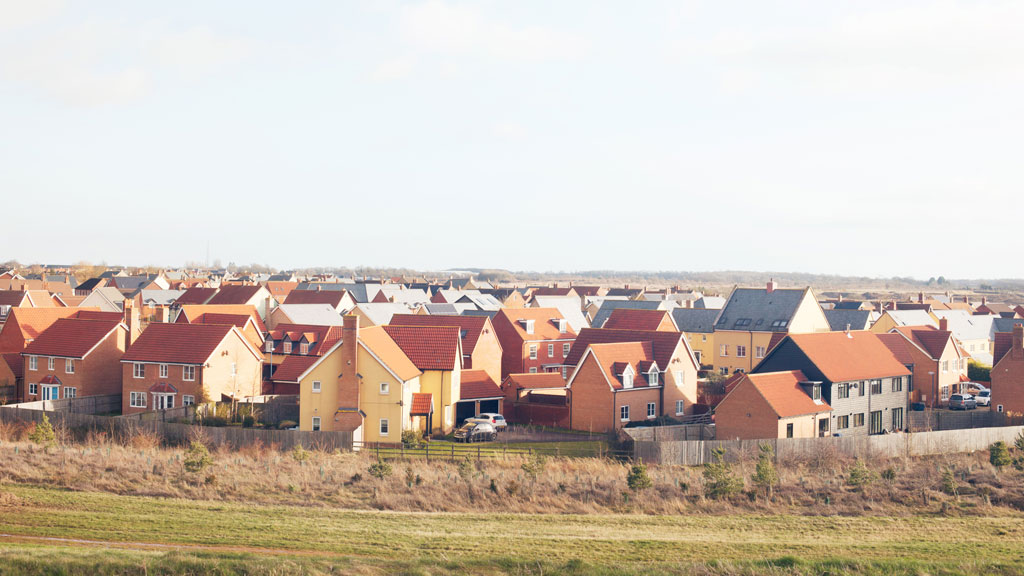George Osborne outlines help to buy part two
Chancellor George Osborne meets housebuilders and mortgage lenders to discuss the second phase of the government’s scheme to increase home ownership.

From January 2014, under the help to buy programme, the government will take on some of the risk of mortgage lending.
The hope is that lenders will be more likely to offer mortgages if they know that the taxpayer is underwriting a proportion of their loans.
The government is trying to boost the housing market by stimulating lending and the construction industry.
Following criticism, George Osborne said on Tuesday that the scheme will not be available to people who are buying a second home. Nor can it be used by buy-to-let investors.
What is help to buy?
Help to buy, unveiled by Mr Osborne in his March budget, is designed to help people without a big deposit to buy a home.
The first phase started in April and is for new-build homes of up to £600,000, with a total of £3.5bn available over three years.
Buyers need a 5 per cent desposit, the government lends 20 per cent of the value of the property, and the remaining 75 per cent comes from a bank or building society.
The second phase begins in January 2014 and is for all homes of up to £600,000.
It will also run for three years, with up to £12bn available to support £130bn of mortgages.
Again, participants need a 5 per cent deposit. The remaining 95 per cent comes from the lender, with the government bearing some of the risk.
The lender pays a fee to the government for every person it helps. If the home is repossessed, the government takes some of the hit: how much depends on what the home is subsequently sold for.
The chancellor held a breakfast meeting at 11 Downing Street with executives from major lenders, including Barclays, RBS, Lloyds and Nationwide, and housebuilders, such as Persimmon and Taylor Wimpey.
Since he announced the scheme in March, fears have been expressed that the government could end up stoking an inflationary housing bubble rather than stimulating the construction sector and helping people access home loans.
The Council of Mortgage Lenders said it did not want the scheme to become permanent “by default”.
‘Unwelcome effects’
It said there needed to be a “focus on the supply of new housing (not just the supply of credit), to avoid the unwelcome effects that stimulating demand without also increasing supply would create”.
Former Bank of England governor Lord (Mervyn) King has also voiced his misgivings about a scheme that guarantees mortgages.
But Mr Osborne said: “The mortgage guarantee will support an increase in high loan-to-value mortgages for people who can’t afford large deposits, and it will also boost housebuilding.
“As of today lenders have the detail they need to go away and get ready for next January’s launch.”
Guarantees will only be available to borrowers who can afford the mortgages, while those with impaired credit ratings will be excluded.
Mortgage approvals
Help to buy has been credited with boosting the housing market through an increase in mortgage approvals.
Mark Clare, chief executive of Barratt, said 20 per cent more homes were being built than two years ago.
The Home Builders Federation said in June that the first phase of help to buy had “got off to a flying start”, with “huge” interest in the scheme and 500 people a week taking advantage of it.